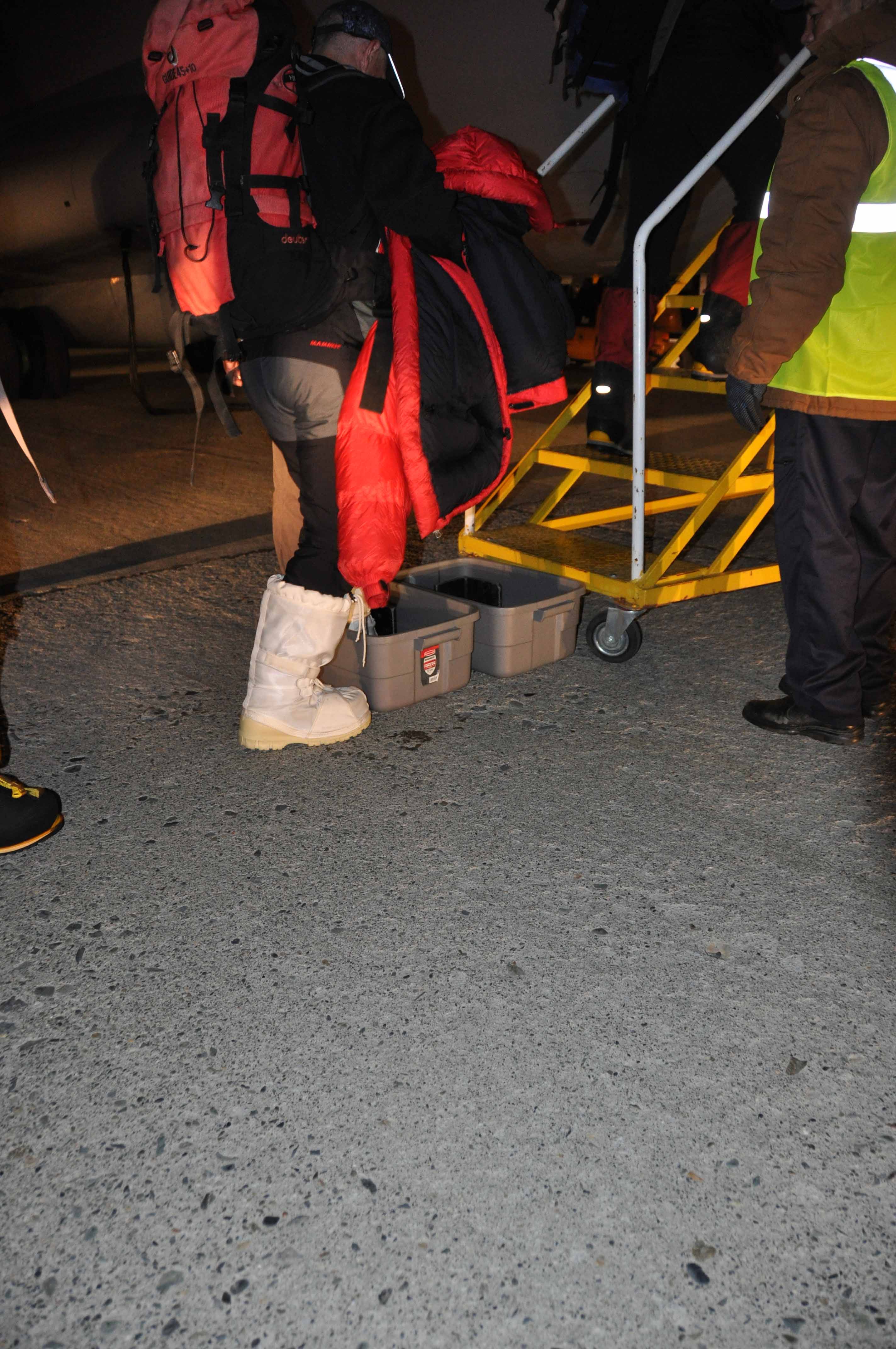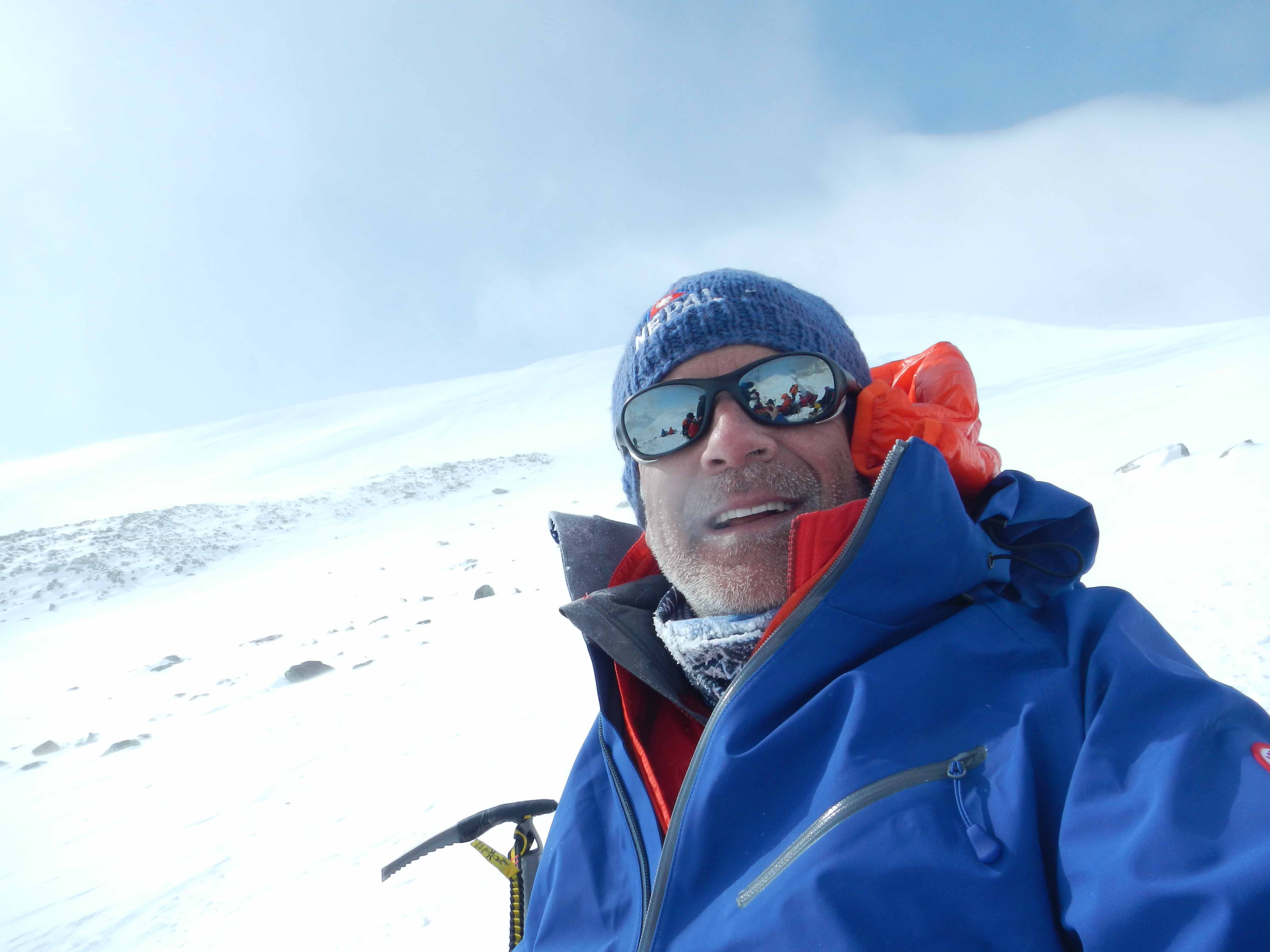We humans do not always do the right thing, but in the case of Antarctica we have been pretty good (so far). After the early years of expeditioning in Antarctica we decided it was not a good idea to leave trash everywhere and to introduce foreign animal species onto the continent.
Many of the early expeditions on Antarctica used dog sleds and pony’s. We used tractors and various motorized vehicles and when they broke down we just abandoned them.
Today, the Antarctic Treaty (which I will discuss in a future blog) states that no foreign animals are allowed on the continent and that everything that enters Antarctica must one day exit Antarctica.
For the various research bases on the continent this means that eventually all the equipment, materials, and waste must be one day removed. This does not mean these bases are pristine, but there is some effort to keep them clean and to remove waste.
In an expedition environment we start to protect the continent before we even leave Chile. As we board the airplane we wash our boots in a special disinfectant solution and all clothing and gear needs to be clean of dirt or other containments.
Once in Antarctica everything that comes in with us must also leave with us. For most of our gear this is not an issue. Where this becomes a little more complex is with human waste.
 As we are skiing to the South Pole we must urinate into a bottle. We are allowed to pour this bottle into a single hole once we reach camp and we need to mark this location with GPS coordinates. Any solid human waste must be removed entirely. Each person carries a bunch of waste collection bags to use as a toilet. Once sealed this bag goes into your sled to be pulled all the way to the South Pole and then flown out with you. A common joke on a ski expedition to the South Pole is to ask your partner “hey, what do you got in your sled?” to which they will reply “ah, just a bunch of shit”.
As we are skiing to the South Pole we must urinate into a bottle. We are allowed to pour this bottle into a single hole once we reach camp and we need to mark this location with GPS coordinates. Any solid human waste must be removed entirely. Each person carries a bunch of waste collection bags to use as a toilet. Once sealed this bag goes into your sled to be pulled all the way to the South Pole and then flown out with you. A common joke on a ski expedition to the South Pole is to ask your partner “hey, what do you got in your sled?” to which they will reply “ah, just a bunch of shit”.
Although this may seem gross to some it is really not that bad and one becomes accustomed to it quickly. Once the solid waste is frozen there is no smell to remind you of what you have in your sled.
When climbing Mount Vinson it is similar. All climbers urinate into a bottle and it is poured out at a designated spot at camp. This is to concentrate the waste and to avoid contaminating multiple different areas all over the mountain. Solid waste is treated the same as on a South Pole expedition, but the multiple layers and ropes and harness can make it a little more of a challenge. Not to mention you are roped to a partner who is about 10m away from you.
This is just one of the elements that we must work with when in Antarctica. It is our responsibility as visitors to this pristine continent to do our part to keep it that way.
But once we hit the year 2041 all bets are off and we will learn our true nature as humans and what we truly value. More on this later…


